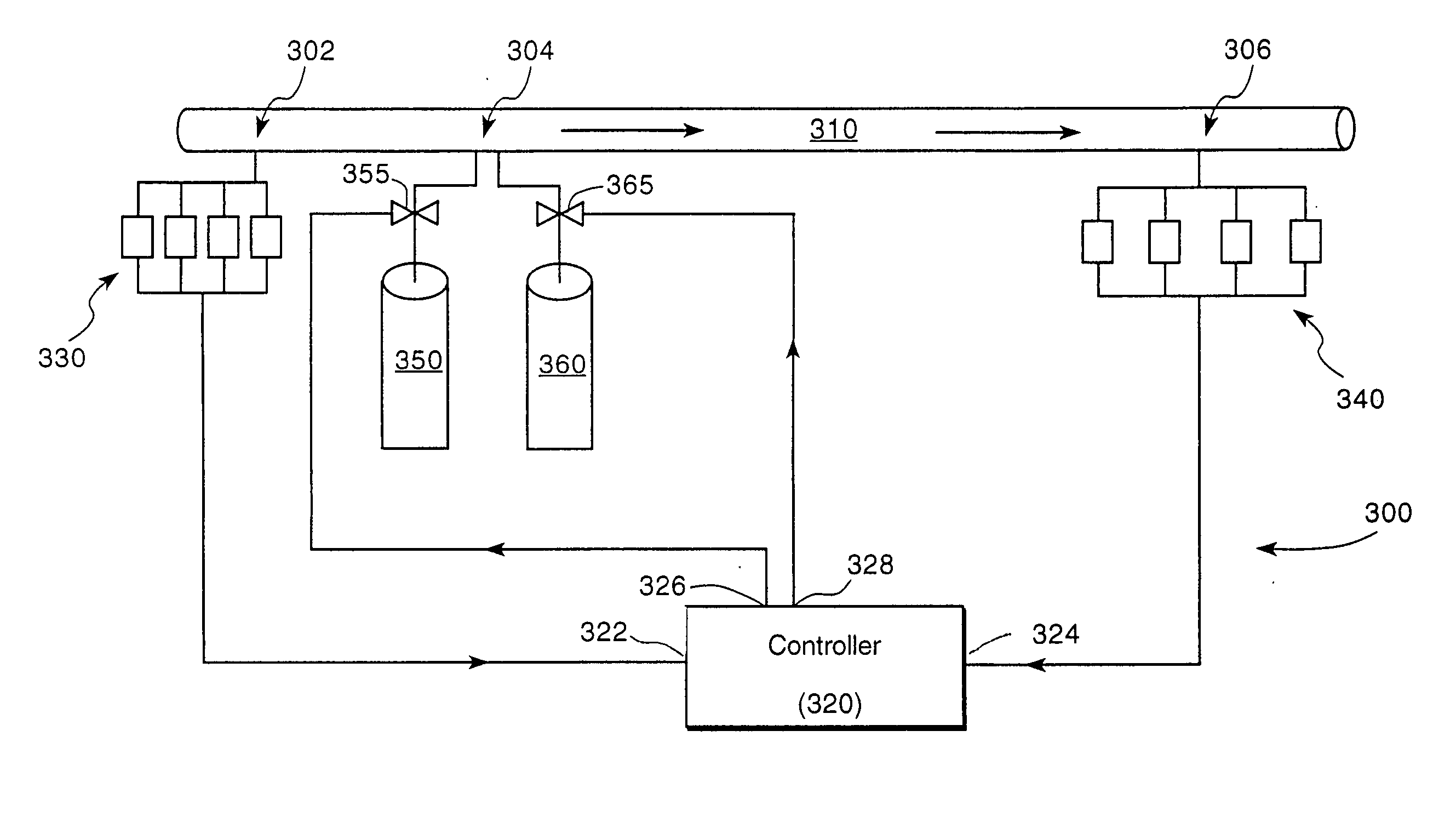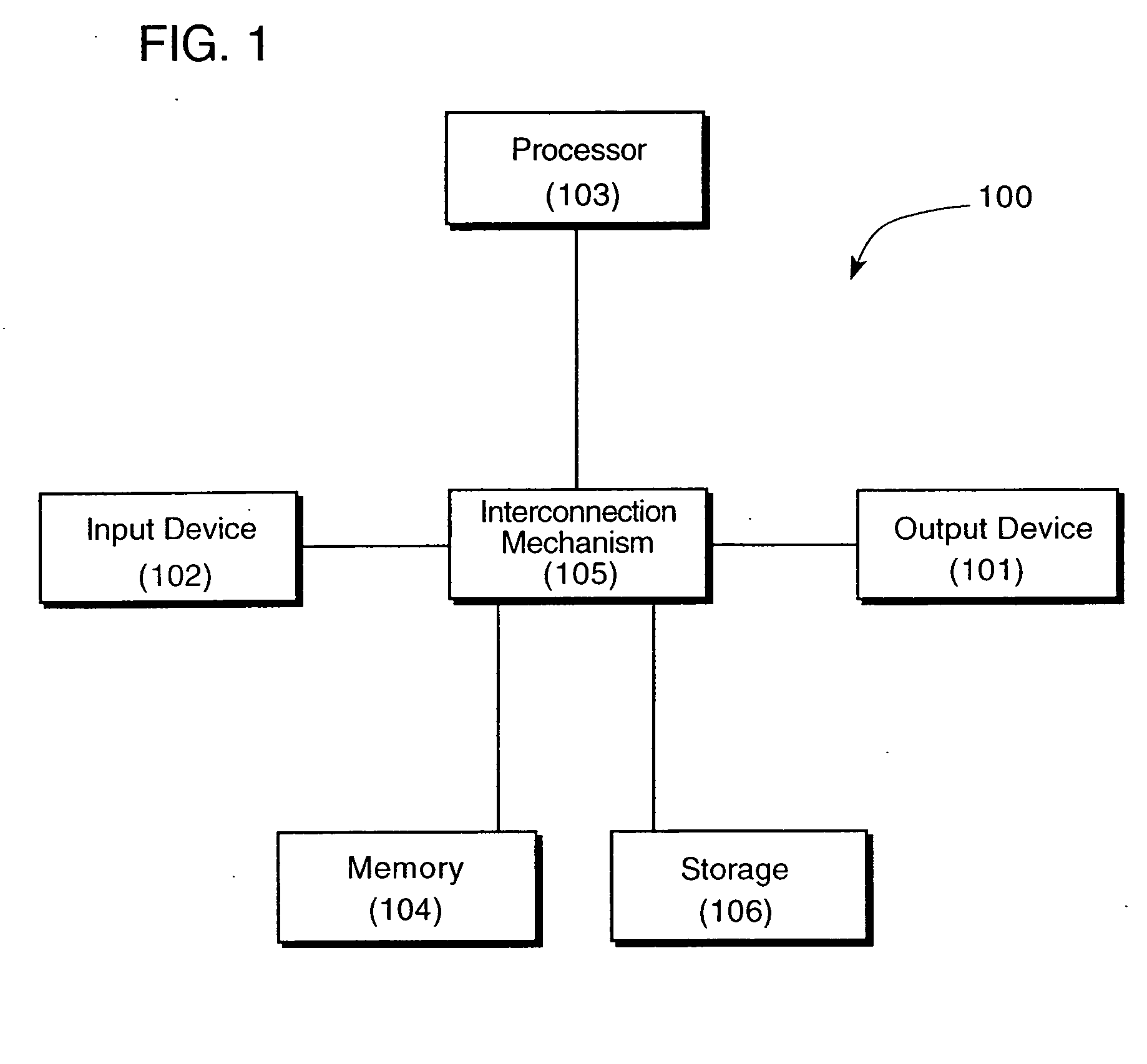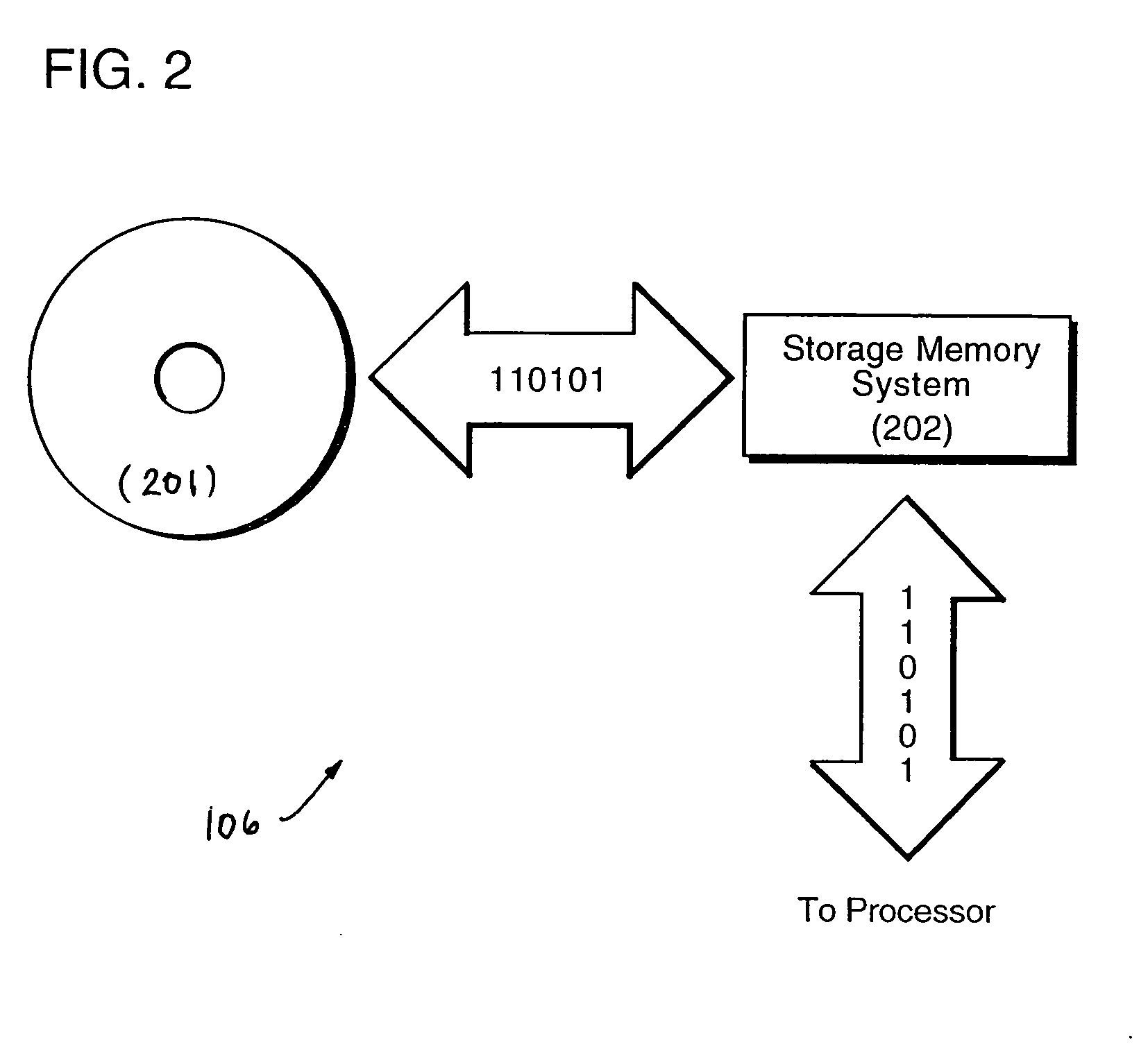Method and apparatus for controlling sulfide generation
a technology of sulfide and generation method, applied in the field of water streams, can solve the problems of reducing the ph adversely affecting the operation of the wastewater treatment plant, and not being able to achieve satisfactory odor control on a continuous basis,
- Summary
- Abstract
- Description
- Claims
- Application Information
AI Technical Summary
Benefits of technology
Problems solved by technology
Method used
Image
Examples
example 1
[0099] The concentration of dissolved sulfide and the ORP of water in a sewer system with an about 8-inch diameter pipe, under varying degrees of BIOXIDE treating agent dose was measured and that data is graphically presented in FIG. 5A. In FIG. 5A, the measured concentrations of dissolved or aqueous sulfide species (S2−, in ppm), and the corresponding measured oxidation-reduction potential (ORP, in mV), are shown.
[0100] The separation distance between the point of introduction of the treating agent and the point of measurement, a manhole in this case, was about 2,275 feet. The average daily flow rate was about 0.1 MGD with a corresponding average detention time of about 1.42 hours.
[0101] The results presented in FIG. 5A show that when ORP is maintained at greater than about −50 mV, the concentration of dissolved sulfide species can be effectively reduced to trace levels.
[0102]FIG. 5B shows the measured concentration of nitrate species for the same sewer section. In FIG. 5B, the ...
example 2
[0103] In another sewer system, the concentrations of dissolved sulfide and nitrate species (in ppm) were measured relative to the measured ORP (in mV). The measured data are presented FIGS. 6A and 6B.
[0104] The sewer system in this example utilized an approximately 14-inch diameter pipe having a line length of about 3,331 feet with an average daily flow rate of about 1.2 MGD, and a corresponding average detention time of approximately 32 minutes.
[0105]FIGS. 6A and 6B show that where the concentration of dissolved sulfide species is low, about 0 mg / L, residual nitrate species can be detected whereas where dissolved sulfide species remain above about 0 mg / L, relatively lower nitrate species can be measured. The former condition typically occurs at ORP values of about −50 mV or greater. In FIG. 6B, the corresponding concentration of nitrate species in the water stream was above trace levels when the ORP values are greater than about −50 mV.
example 3
[0106] In another sewer system, the concentrations of the dissolved sulfide and nitrate species relative to the measured ORP were measured. The measured data are presented in FIGS. 7A and 7B. Treatment in the sewer system was effected by introducing BIOXIDE® treating agent at about 30 gallons per day along with about 20 gallons per day of about 50% caustic soda. The flow of the water to be treated was approximately 225,000 gallons per day in the sewer line. The separation distance between the point of introduction of the treating agent and the point of measurement was about 10,000 feet and the average detention time of the water stream was about 2.1 hours. Upstream of the point of introduction of the caustic soda, the pH of the water stream was in a range of about 7 to about 7.4 pH units and downstream thereof, at the point of measurement, the pH was in a range of about 8.42 to about 8.8 pH units.
[0107] As shown in FIG. 7A, the concentration of dissolved sulfide species is no more ...
PUM
| Property | Measurement | Unit |
|---|---|---|
| Fraction | aaaaa | aaaaa |
| Electric potential / voltage | aaaaa | aaaaa |
| Electric potential / voltage | aaaaa | aaaaa |
Abstract
Description
Claims
Application Information
 Login to View More
Login to View More - R&D
- Intellectual Property
- Life Sciences
- Materials
- Tech Scout
- Unparalleled Data Quality
- Higher Quality Content
- 60% Fewer Hallucinations
Browse by: Latest US Patents, China's latest patents, Technical Efficacy Thesaurus, Application Domain, Technology Topic, Popular Technical Reports.
© 2025 PatSnap. All rights reserved.Legal|Privacy policy|Modern Slavery Act Transparency Statement|Sitemap|About US| Contact US: help@patsnap.com



